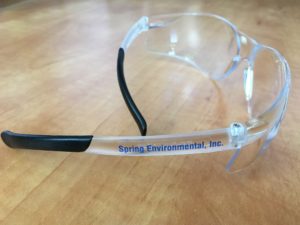Washington State Department of Labor & Industries (L&I) has announced the new WAC 296-820 for Wildfire Smoke will be effective January 15, 2024 for all Washington employers. Washington has been operating under temporary emergency rules since 2021. The new regulation will apply year-round to aid employers in providing a safe work environment for their employees during wildfire smoke conditions.
Areas of Washington State have been devastated by wildfires and wildfire smoke from surrounding areas which have created hazardous working conditions. In the new guidance, employers and employees will find new guidance for worker protections based upon the Air Quality Index (AQI) which is available at Washington Ecology’s “Air Quality WA” or EPA’s “AirNow”, among others. The PM 2.5 AQI will trigger implementation of plans, training, and Personnel Protective Equipment (PPE).
For more information, check out the L&I Wildfire Smoke resource page for access to the new rule, plan templates, and training materials.

